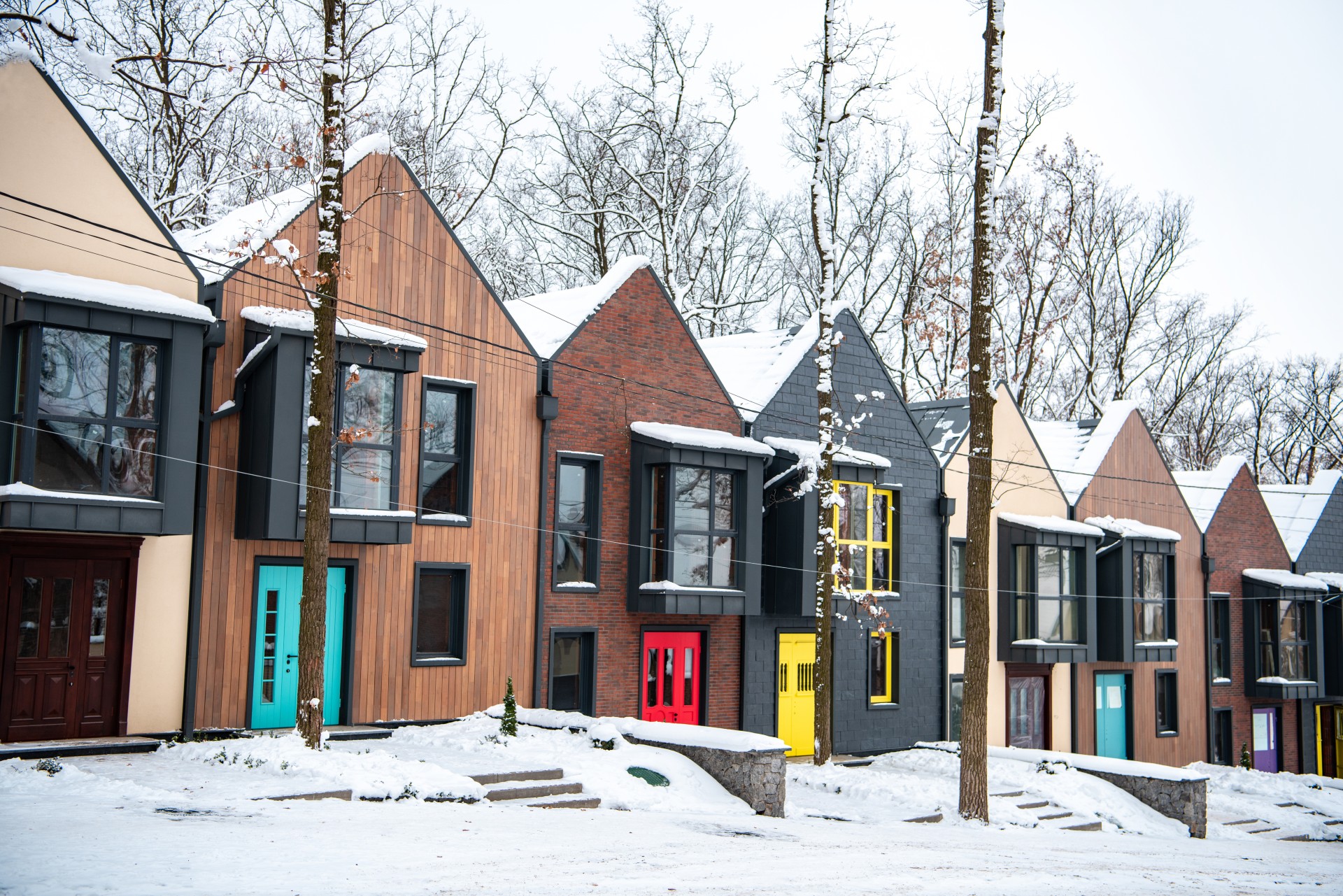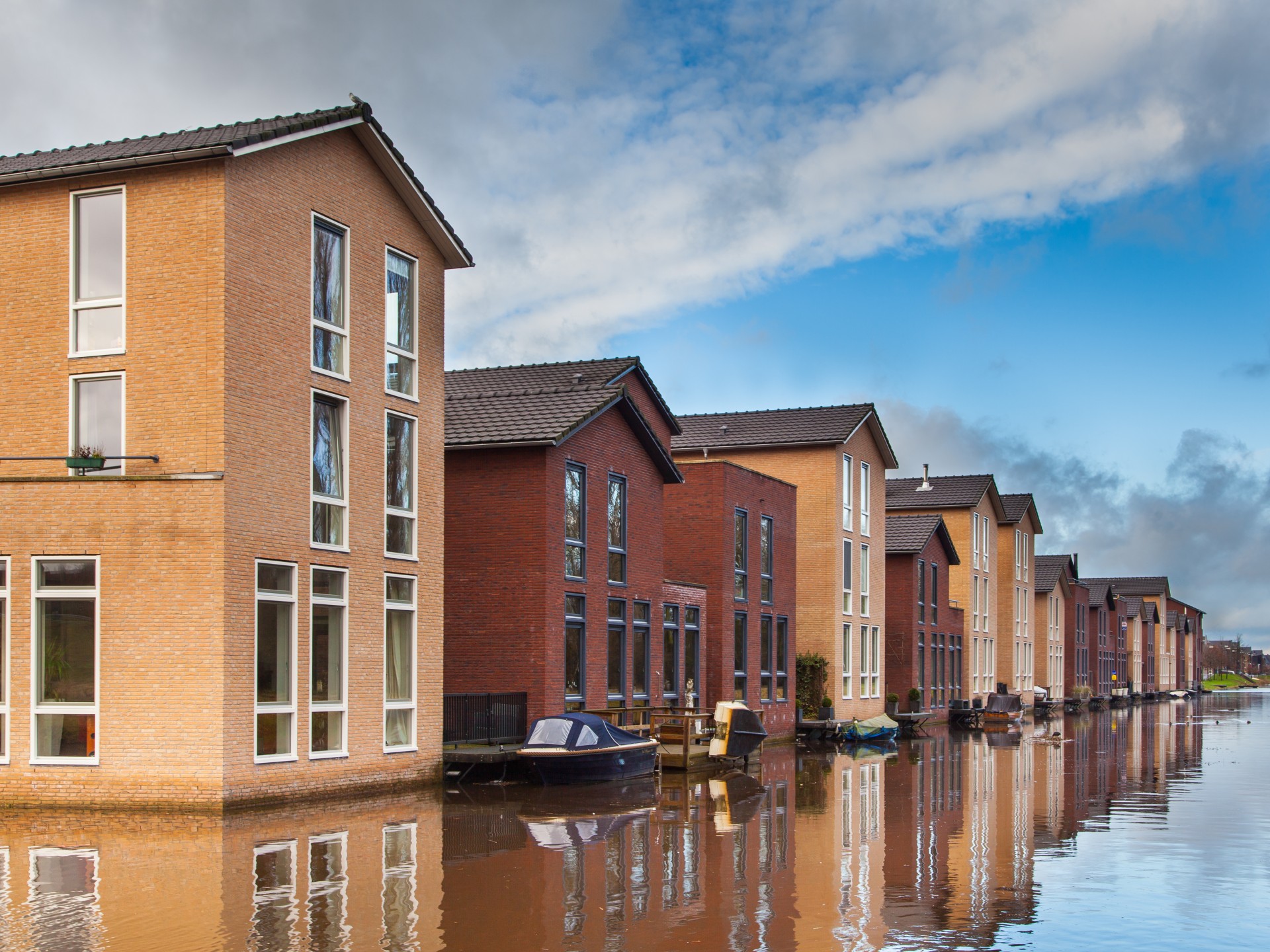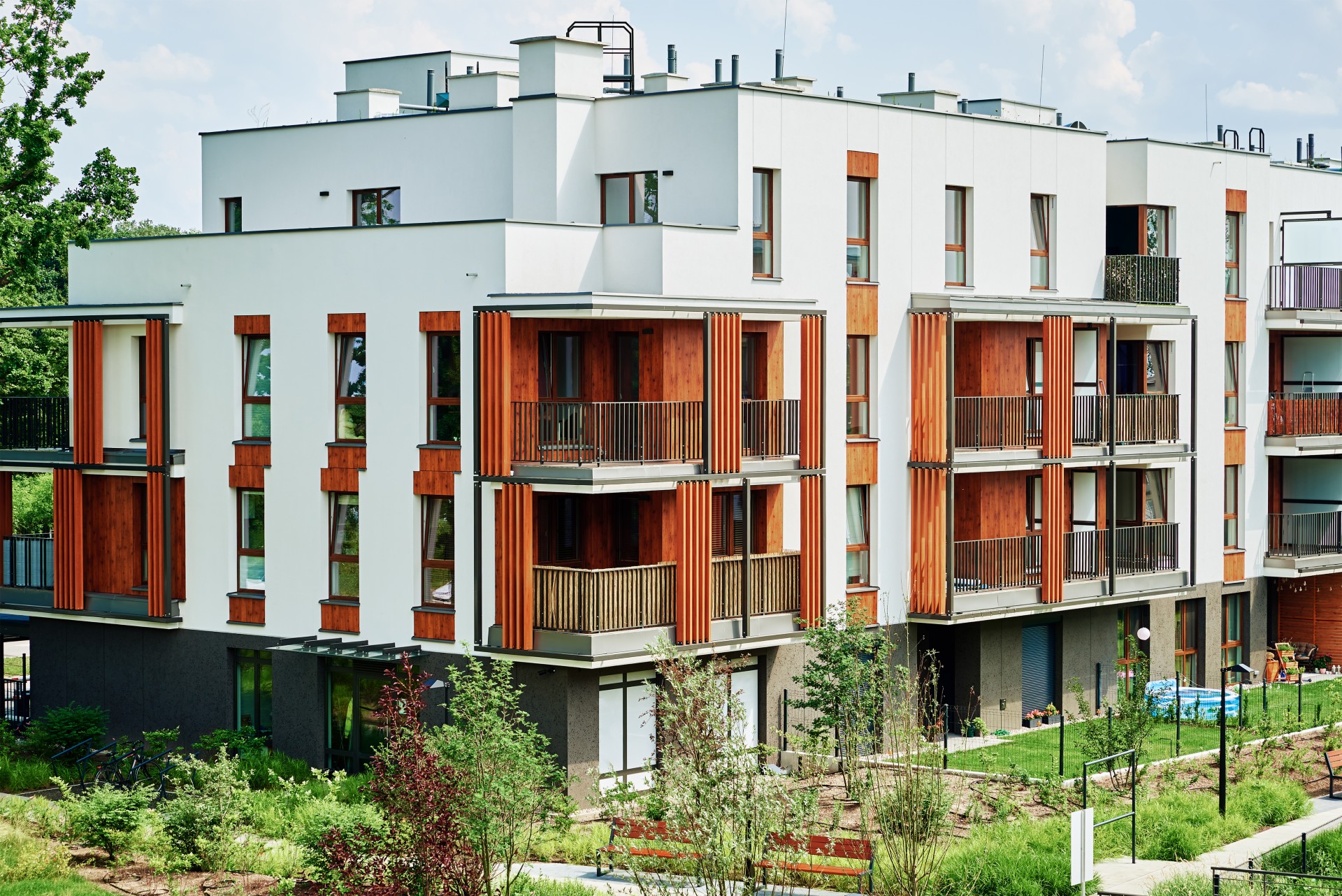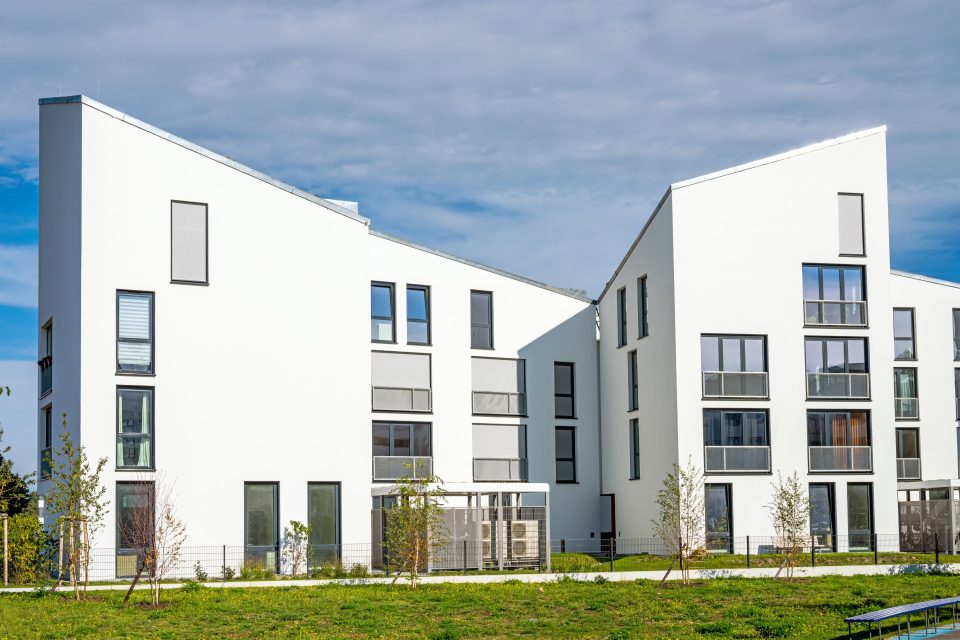Sales Jump 10.6% in July, Highest Level in Over a Year
New Home Sales Surge – New home sales in the United States soared to their highest level in over a year in July, providing encouraging evidence that the housing market is regaining momentum. According to the Commerce Department’s Census Bureau, sales of new single-family homes jumped 10.6% to a seasonally adjusted annual rate of 739,000 units last month. This represents the sharpest increase since August 2022 and the highest sales level since May 2023. The sales pace for June was also revised higher to 668,000 units from the previously reported 617,000 units. Economists had forecast new home sales, which account for over 10% of U.S. home sales, to rise marginally to a rate of 625,000 units.
 Mortgage Rates Provide Boost
Mortgage Rates Provide Boost
The surge in new home sales is largely attributed to a drop in mortgage rates. The average rate on a 30-year fixed-rate mortgage declined to 6.46% this week, its lowest level since May 2023. This is a significant decrease from the six-month high of 7.22% reached in early May. The easing of mortgage rates has provided potential homebuyers with renewed confidence, allowing them to enter the housing market without the burden of exorbitant financing costs.
 Recent signals from the Federal Reserve indicating a potential interest rate cut in September have further fueled this optimism. Such a move would likely lower borrowing costs even more, potentially leading to an uptick in new home sales in the coming months. Many economists believe that the housing market is entering a period of recovery, driven by both lower rates and increased demand from buyers eager to capitalize on favorable conditions.
Recent signals from the Federal Reserve indicating a potential interest rate cut in September have further fueled this optimism. Such a move would likely lower borrowing costs even more, potentially leading to an uptick in new home sales in the coming months. Many economists believe that the housing market is entering a period of recovery, driven by both lower rates and increased demand from buyers eager to capitalize on favorable conditions.
New Home Sales Surge : Mixed Housing Data
While new home sales have shown a positive trend, other housing data has been mixed. U.S. existing home sales rose more than anticipated in July, reversing a four-month downturn. However, the pace of single-family housing starts fell to a 16-month low, likely influenced by Hurricane Beryl, which disrupted construction activities in affected areas. This decline in housing starts could pose a challenge in meeting the growing demand for new homes.
 Additionally, permits for future construction also declined slightly, suggesting that home builders remain cautious despite the recent improvement in sales. “The housing market is still facing some challenges, but the increase in new home sales is a sign that housing activity is improving,” said economist Christopher Thornberg. “However, we need to see continued progress and stability before we can fully declare a recovery.”
Additionally, permits for future construction also declined slightly, suggesting that home builders remain cautious despite the recent improvement in sales. “The housing market is still facing some challenges, but the increase in new home sales is a sign that housing activity is improving,” said economist Christopher Thornberg. “However, we need to see continued progress and stability before we can fully declare a recovery.”
New Home Sales Surge – Factors Influencing Consumer Confidence
Several factors contribute to the current state of consumer confidence in the housing market. The recent drop in mortgage rates is a significant driver, but other elements are also at play. For instance, a stable job market and rising wages have given potential buyers more confidence to make significant investments in real estate. Additionally, consumer sentiment is bolstered by a general perception of economic recovery, with many individuals viewing the current market as an opportune time to purchase a new home.
The availability of inventory has also impacted consumer decisions. While new home sales are on the rise, the existing home market has seen a limited supply, which has driven some buyers toward new constructions. Builders are keen to meet this demand, and as sales increase, they may ramp up efforts to begin new projects, addressing both the current inventory shortage and the future needs of the housing market.
The Road Ahead for Home Builders
Looking ahead, home builders will need to navigate a complex landscape filled with both opportunities and challenges. The recent surge in new home sales may encourage builders to invest in more projects, but they must also be mindful of the potential risks associated with rising costs and uncertain market conditions. Supply chain disruptions, inflation, and labor shortages remain significant hurdles that builders must overcome to ensure timely project completions and maintain profitability.
 Moreover, as the market evolves, builders will need to adapt their strategies to meet changing consumer preferences. Modern buyers are increasingly seeking energy-efficient and smart homes, emphasizing sustainability and technology in their purchasing decisions. Builders that can offer innovative designs and eco-friendly features are likely to stand out in a competitive marketplace.
Moreover, as the market evolves, builders will need to adapt their strategies to meet changing consumer preferences. Modern buyers are increasingly seeking energy-efficient and smart homes, emphasizing sustainability and technology in their purchasing decisions. Builders that can offer innovative designs and eco-friendly features are likely to stand out in a competitive marketplace.
New Home Sales Surge : A Cautious Optimism
The recent surge in new home sales signals a cautious optimism in the U.S. housing market. As mortgage rates drop and consumer confidence rises, the potential for a sustained recovery appears more plausible. However, mixed data from other sectors of the housing market suggests that challenges remain. Builders, buyers, and investors alike will need to stay vigilant as they navigate this evolving landscape, but the positive momentum in new home sales is a promising sign of better days ahead for the housing industry. The coming months will be critical in determining whether this uptick in sales can translate into a broader recovery, shaping the future of the real estate market in the United States.
Historical Context
Historically, rate cuts have had a significant impact on house sales by making borrowing more affordable for potential homebuyers. When the Federal Reserve lowers interest rates, mortgage rates typically follow suit, resulting in lower monthly payments for home loans. This reduction in financing costs can lead to increased demand for homes, as more buyers are encouraged to enter the market. For instance, during the post-2008 financial crisis, the Federal Reserve implemented a series of rate cuts to stimulate economic growth, which contributed to a substantial rebound in the housing market. As mortgage rates fell to record lows, home sales surged, enabling many first-time buyers to afford homes that were previously out of reach. Moreover, lower rates can create a sense of urgency among buyers, prompting them to act quickly before rates potentially rise again. Overall, the correlation between rate cuts and increased house sales underscores the critical role of monetary policy in shaping the housing market dynamics.

